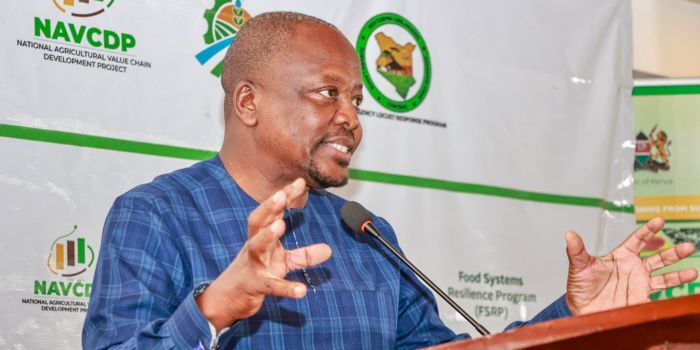In a major move to reduce the ongoing rice shortage in Kenya, the government has approved the duty-free importation of 500,000 metric tonnes of grade 1 white milled rice. This decision is expected to give a big relief to rice importers and help stabilize rice supply and prices in the local market.
The announcement was made in a gazette notice published on Tuesday, July 29. According to the notice, the imported rice will not attract any taxes until December 31, 2025. This tax exemption aims to ease pressure on the local market, where rice demand has been outpacing supply in recent months.
The move is backed by the East African Community (EAC) Customs Management Act of 2004, which outlines customs rules and procedures among EAC member states.
The notice stated, “Following Section 114 (2) of the EAC Customs Management Act, read together with item 20 of Part B in the Fifth Schedule of the same Act, the Cabinet Secretary for National Treasury and Economic Planning, based on advice from the Cabinet Secretary for Agriculture and Livestock Development, has directed that 500,000 metric tonnes of Grade 1 white milled rice be imported duty-free before or by December 31, 2025.”
This decision comes shortly after the government had previously announced its intention to cut down rice imports by nearly half, a move that was meant to support local farmers and protect the local rice industry from cheap foreign competition.
At the time, around 8,500 rice farmers from Kirinyaga and nearby counties urged the government to give priority to boosting local rice farming before allowing more rice to be brought in from abroad. However, that suggestion faced challenges, as Kenya’s demand for rice continues to grow every month.
As of June 2025, Kenya’s monthly rice demand had hit 100,000 tonnes. Yet, in the entire 2024/2025 farming season, the country only managed to produce a total of 191,000 tonnes of milled rice — far short of meeting the national demand.
One of the major reasons local production has failed to keep up is the lack of proper irrigation systems. Additionally, high production costs and stiff competition from cheaper imported rice have made it difficult for Kenyan farmers to keep up.
In June 2025, the East African Community Council of Ministers helped Kenya by granting it an extension to continue importing rice and wheat at reduced duty rates. This regional approval has been critical in helping Kenya fill the gap in food supply.
Wheat importers also benefited from this support. The Council allowed them to bring in wheat at a reduced duty rate of 10 percent — much lower than the standard 35 percent under the EAC Common External Tariff (CET).
This strategy was similar to the rice move, and it was designed to strike a balance: protect local farmers while still ensuring that the country doesn’t face severe food shortages.
Currently, Kenya depends heavily on rice imports to meet its needs. According to data from the Kenya National Bureau of Statistics (KNBS), India supplies over 90 percent of all rice imported into the country. Other major suppliers include Pakistan and Thailand.
By temporarily removing import taxes on rice, the government hopes to not only increase the availability of rice in the country but also keep food prices under control as efforts to boost local farming continue.
Join Gen Z New WhatsApp Channel To Stay Updated On time https://whatsapp.com/channel/0029VaWT5gSGufImU8R0DO30


